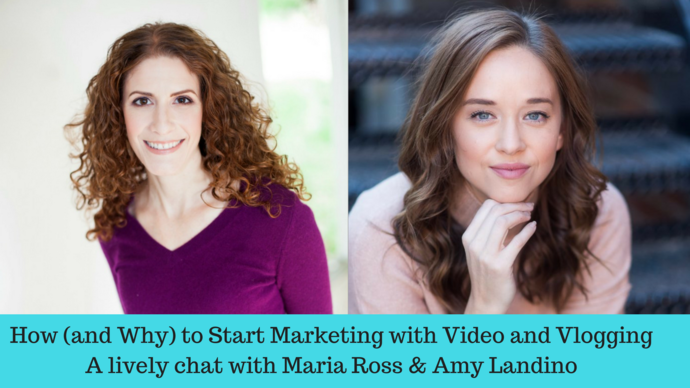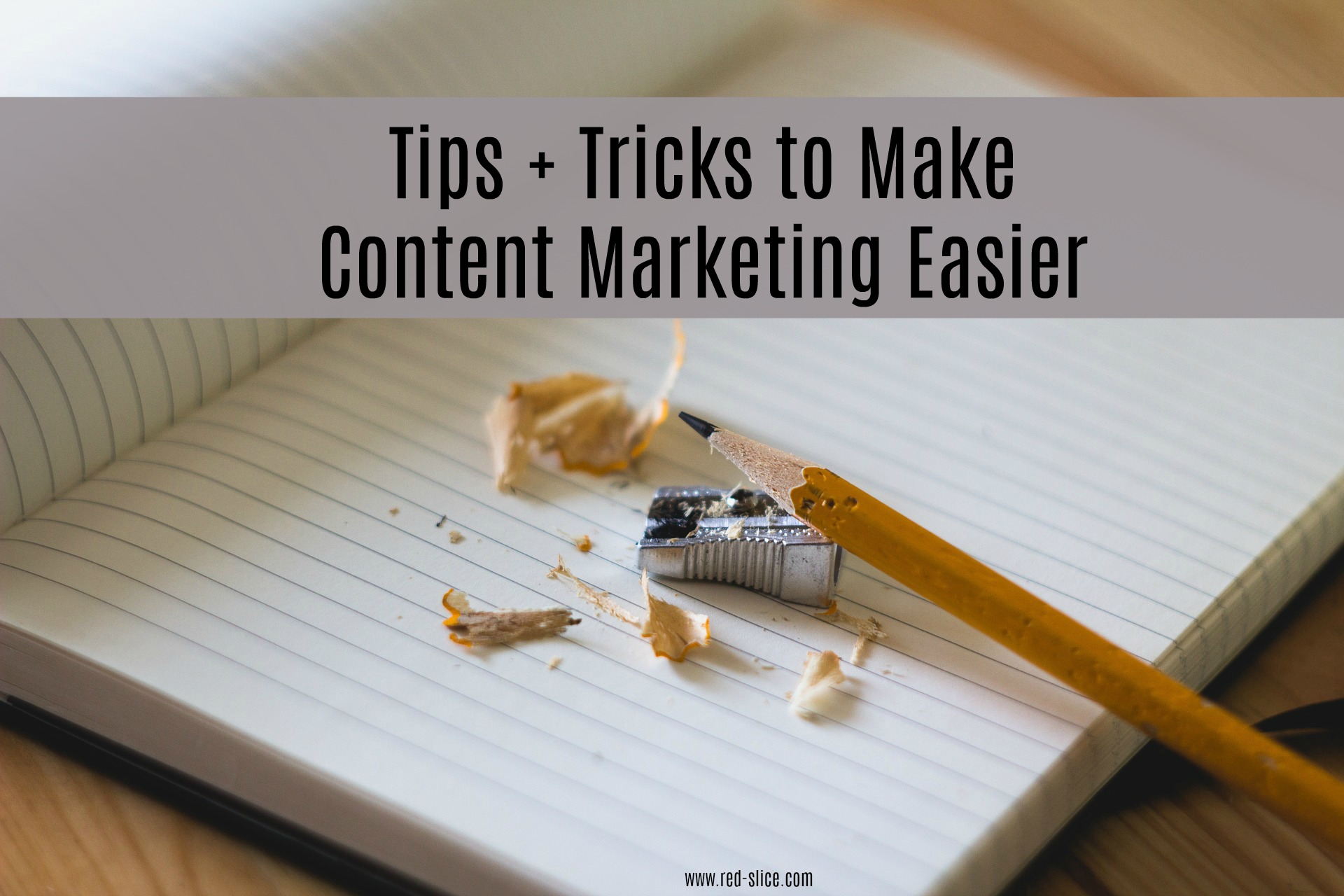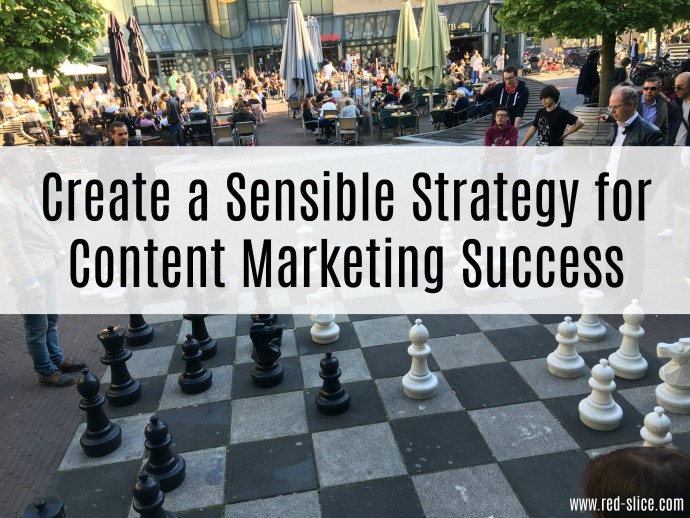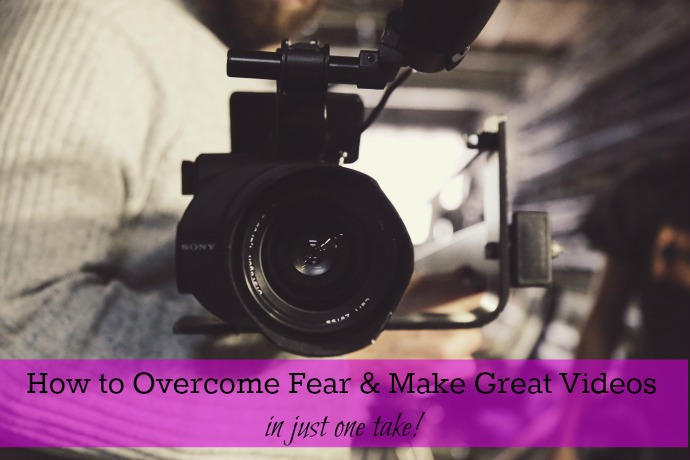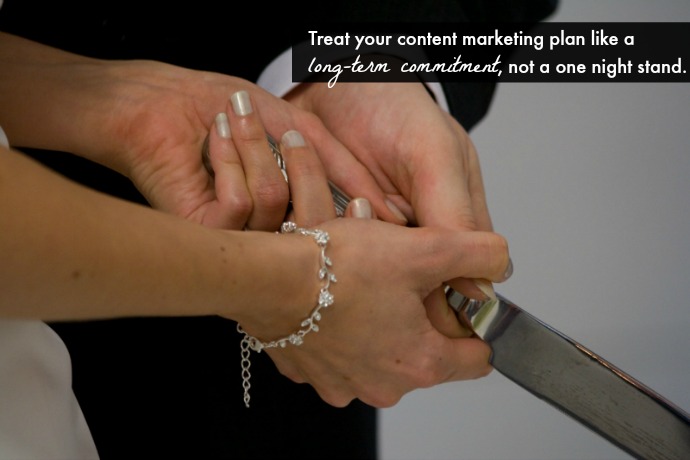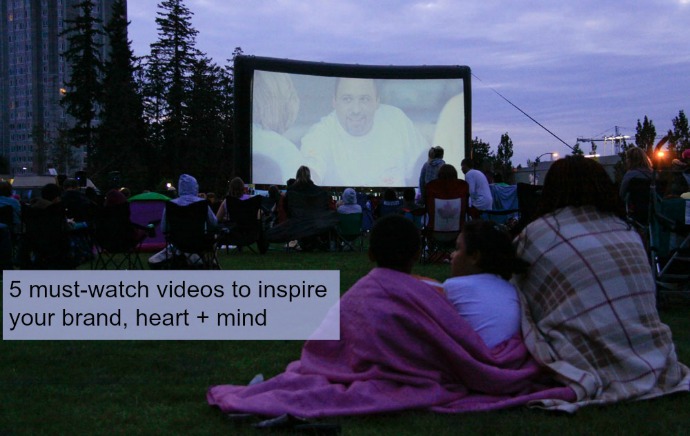Video is one of the best ways to promote your business, build trust and convey your unique brand personality. So why is it so terrifying for so many?
If video marketing or vlogging is on your branding to-do list for the year, good for you! Video is a great way to build trust, establish your expertise and allow your audience to get to know you. And when it comes to driving traffic, YouTube is the second most popular search engine in use.
But how does one start? Do you need a lot of gear? What will you talk about?
My wonderful interview with globally-recognized YouTuber, author and business video marketing expert Amy Schmittauer Landino is here to help!
I kind of adore Amy #GirlCrush
Amy and I “met” years ago over social media and started promoting each other’s content and collaborating virtually. I even featured her expertise in the second edition of Branding Basics for Small Business. We got to meet in person when I went back to Columbus, Ohio for a holiday visit and it was like we’d known each other forever (the power of virtual business relationships done right). She’s sassy, straightforward and super smart – all the things we love here at Red Slice, am I right?!
Why do video? Well this quote from Amy in the interview says it all:
“At the end of the day, we’re doing this so someone will buy something. But truthfully we’re trying to get someone to trust us to make a buying decision.”
So, in my attempt to do more video myself, I hope you enjoy and get a ton of value out of this lively video interview:
Some highlights:
- The benefits and ROI you can get from doing more video marketing (4:00)
- How video works for both B2C and B2B businesses: “This works no matter who you’re talking to, but if you lose track of you’re talking to, it’s going to be hard to accomplish anything but that’s a B2B or a B2C problem.” (11:15)
- How you can make your video content stand out in a crowded content landscape We talk about Search, Playlists, tagging and the YouTube algorithms (13:22)
- The YouTube Gold Rush and why it’s much harder to make money simply from ad dollars (14:27)
- How to manage your content and production schedule…True Confession time from me! (34:51)
- How long should your videos be to keep attention and “win” on YouTube (50:32)
- Tips for being on-camera, including lighting (53:11)
- How often to post new videos to generate more traffic on YouTube (15:22)
- And a really interesting conversation about how video impacts society. Are we becoming too concerned with surface appearances or a false reality? And does video play a role in reducing our desires for real-life interaction and experience? Spoiler alert: No, and Amy and I talk about why. (1:00:05)
If you’re still not convinced incorporating more video can help your business and build trust in your expertise and brand, I’ll leave you with this quote from Amy:
“I knew that the best way to get myself out there was not just meeting people , because obviously you can never replace that. But the second thing to that in my opinion is allowing someone to have an experience meeting me in a way that I could get out to more people and I just don’t think there’s anything like that compared to video that is as effective.
Video is that really, really close second place to being able to shake someone’s hand.” (TWEET THIS!)
ABOUT AMY:
Amy is a globally-recognized YouTuber, speaker, author, and business owner. She coaches people at her popular YouTube channel, AmyTV, on how to go after what they want in life and leveraging video storytelling to make it happen. Owner of two creative companies—Aftermarq and Vlog Boss Studios—Amy presents to and consults with a global clientele about leveraging online communication and content marketing to increase brand awareness. In her best-selling book Vlog Like a Boss: How to Kill It Online with Video Blogging, she shares her collection of strategies and tactics to help you create video that gets the attention you deserve and builds real relationships with your community. Amy’s an international speaker and has appeared in media outlets such as The Huffington Post, Entrepreneur, Inc and more.
Check out Amy’s wonderful video masterclass, Vlog Like A Boss. I can personally vouch that the content is solid (and her action steps manageable) if you want to create great videos…and content overall.


